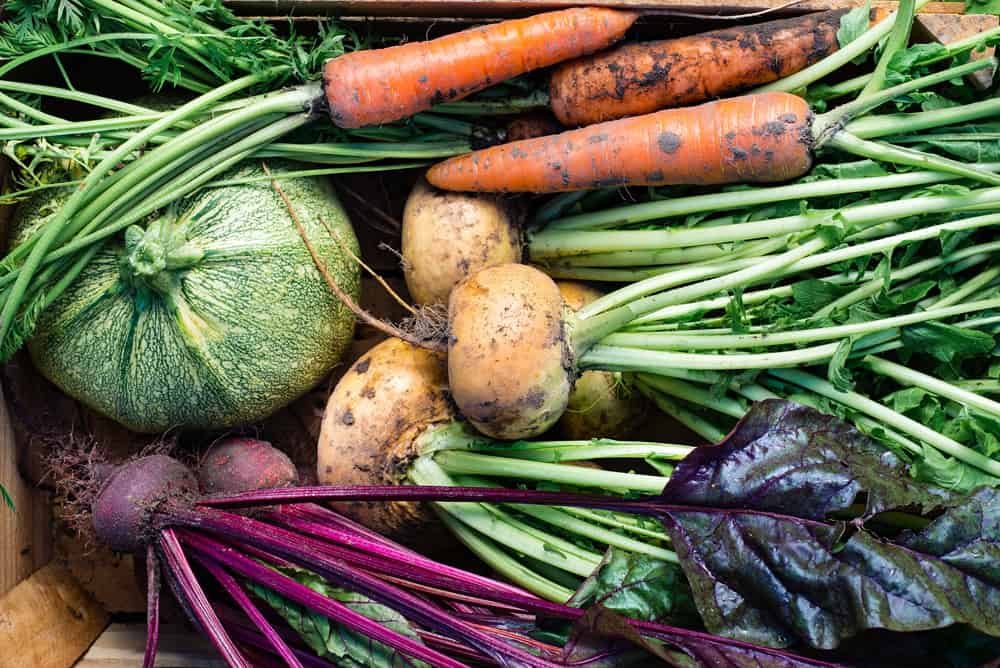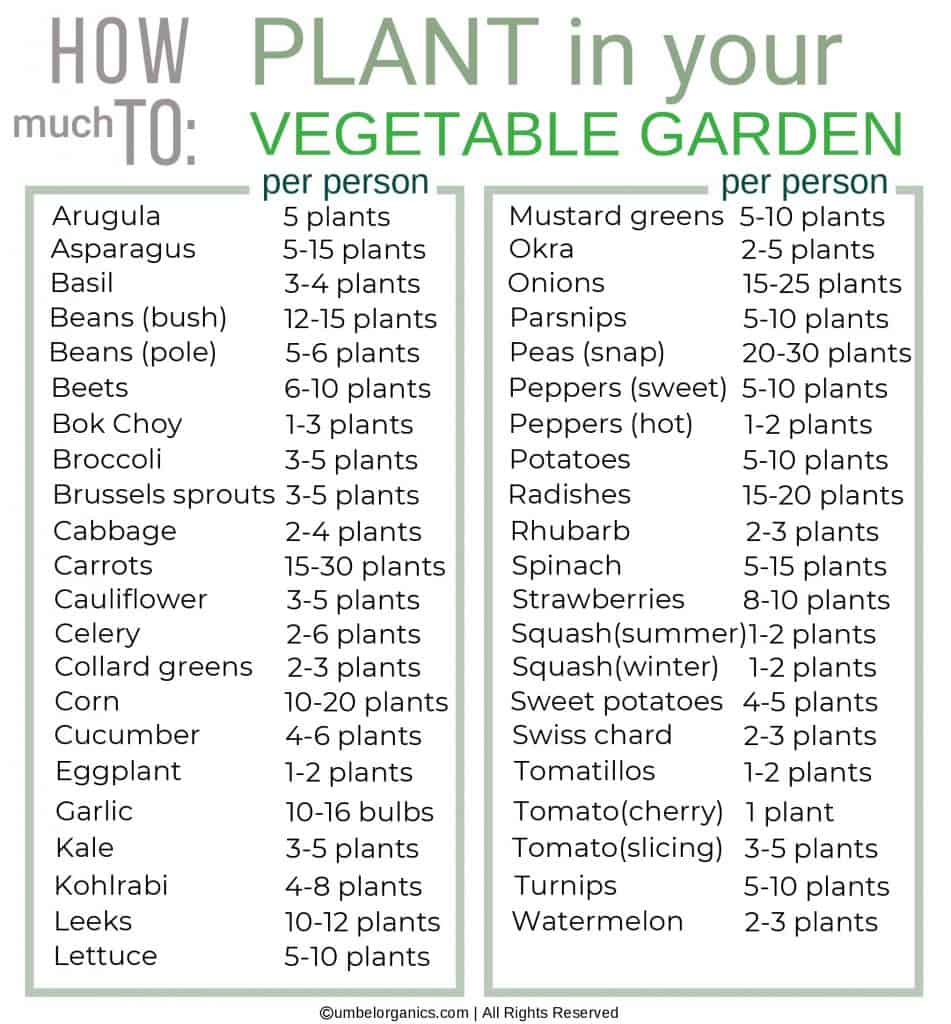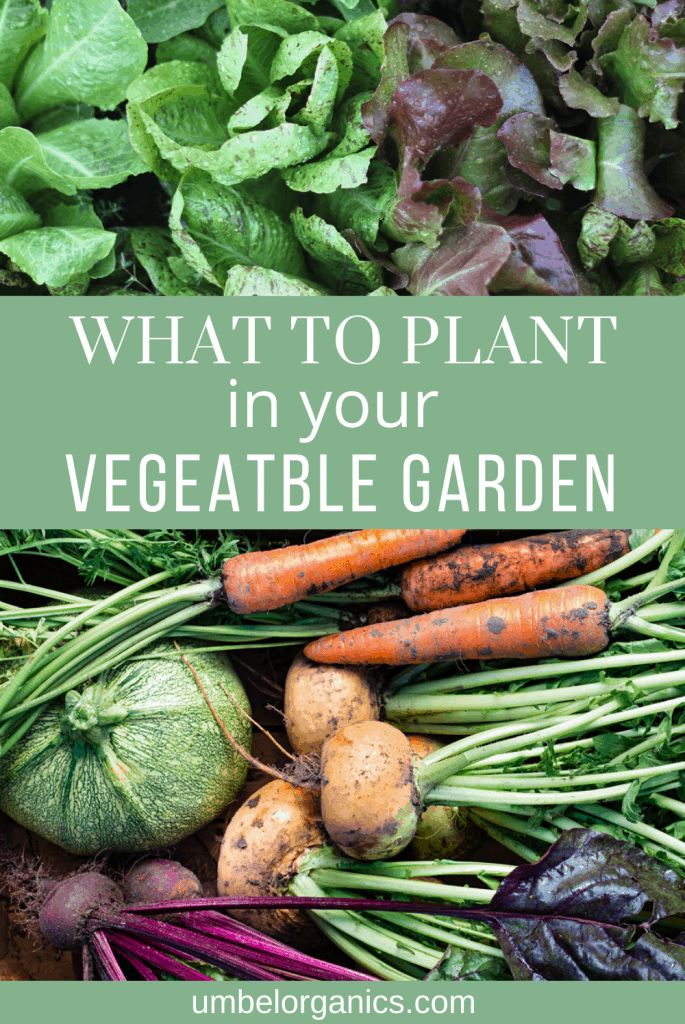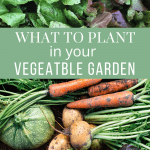Choosing What To Plant In Your Vegetable Garden
Narrow down your options of what to plant in your vegetable garden. From learning what zone you garden in to how much space you have to work with, we’ll walk you through deciding what vegetables are best to plant in your garden.

What Should I Plant?
With a stack of seed catalogs piled at your side, you’ve got big dreams for your garden. After settling on the perfect seed companies to order from, you may still be confused and overwhelmed by what to plant. It’s tempting to add one of everything to your cart, and that’s why we’re here to help. Let’s go through the process of deciding what to order, how much, and from what catalog or website.
What To Grow
We’ll start here, because if it’s your first time gardening, you may need some guidance with where to begin. Here are some important things to consider:
- What do you like to eat? Our whole family LOVES heirloom tomatoes, so it’s a given that we’ll be ordering and planting heirloom tomato seeds. We also eat a lot of salad, so we always plant a bunch of lettuce and spinach. What do you put in your salads? Cucumbers and snap peas make delicious salad fillers.
- Grow what you can’t buy. Have you tried kohlrabi? It’s hard to find in most grocery stores, but it’s a vegetable we love eating every summer. It tastes like a mellow, sweeter version of broccoli (it’s in the same family). I peel the bulb, slice it, and steam until tender. It’s incredibly delicious, and we recommend giving it a try.
- Grow crops that are pricy at the grocery store. Fresh herbs are the perfect example. Think of how much a grocery store sells for a little clamshell of organic basil or parsley. It’s outrageous, and you have to deal with the packaging too. I love stepping outside in the summer to pick a few basil leaves or sprigs of thyme for a dinner recipe.
- Most fruits and vegetables just taste better straight from the garden (okay maybe all of them do)! Some of our favorites are garlic, strawberries, raspberries, carrots, cucumbers, snap peas, pole beans, heirloom tomatoes, onions, spinach, and leaf lettuce.
What Zone Are You In?
You need to know what zone you’re in when deciding what to grow. Look at a zone map for your location and stick with plants that grow successfully in your zone. The number of days from the last frost of the winter until the first frost of autumn gives you the number of days in your growing season.
Start by making a “wish list” of fruits and vegetables you want to plant. For each plant on the list, write down the days to maturation. This number should be less than the number of days in your zone’s growing season.
Start Simple
Plant more of what you like and start small if you want to try something new. One of the first years of gardening, Jeremy planted a huge patch of tatsoi. Tatsoi is an Asian green that grows really well here, so well that we had an overabundance of it and most of it went to waste. It would have made much more sense to use that space for something we eat a lot of, like lettuce or spinach.
Start Easy
Some plants are easier to grow than others. Here are some plants that give you good return with little effort:
- Lettuce
- Kale
- Garlic
- Carrots
- Bush or Pole Beans
Other Vegetables That Require A Little More Effort (Due to Pests + Disease) But Are Totally Worth It:
- Tomatoes
- Spinach
- Beets
- Swiss Chard
- Cucumbers
- Squash
Space
You want to get the most from your garden. If garden space is limited, consider plants that take up the least amount of space. Plants like corn, squash and melons are space hogs and may not be the best option if you have a small space. Crops like pole beans that grow up a trellis take up little space and continue to produce for weeks.
Succession Planting
Succession planting is a way to increase crop yields by recycling the garden space you already have. As soon as the first cool weather crops of spring have been harvested (plants like lettuce and spinach), that garden space is used for another mid-summer crop (plants like beets).


More Gardening Inspiration
Photo images via Adobe Stock. All infographic images created by Umbel Organics.


Thank you! That’s a helpful little chart. I have often wondered how many plants I should be planting of various things.
Good to know we could help!